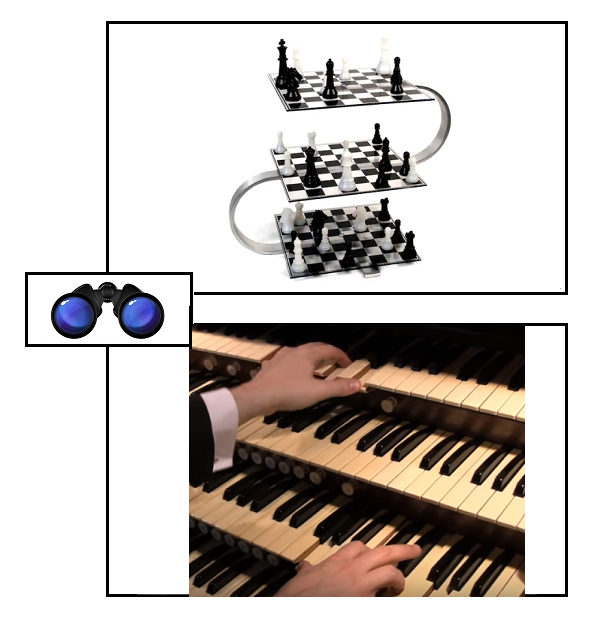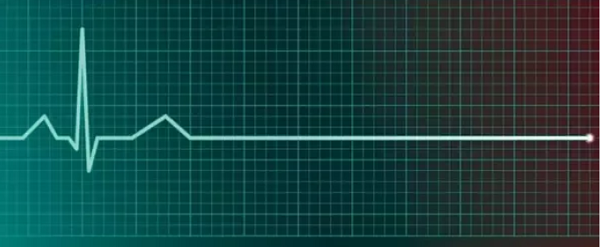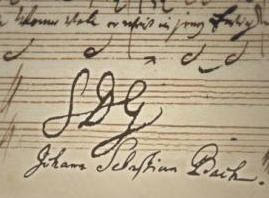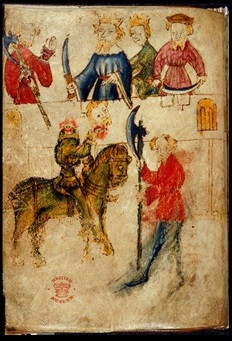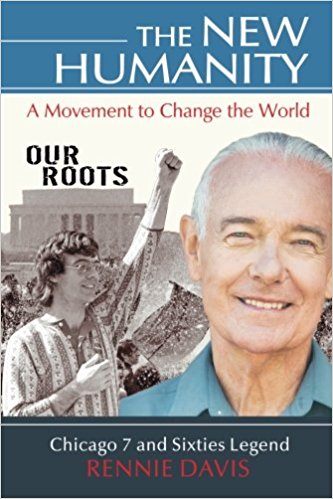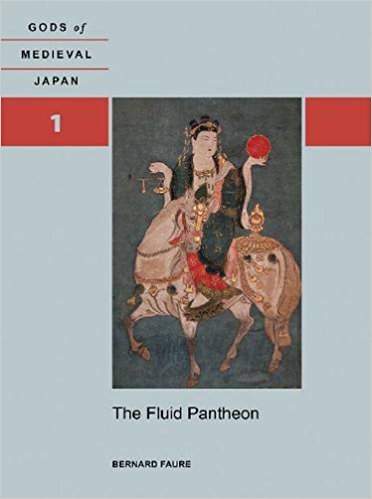Coronavirus meets religion #8
Sunday, April 12th, 2020[ by Charles Cameron — two quick dips into the deep end of Christianity at Easter, a suitably humorous question for the physician zayde to the nation, and in closing, a personal note ]
.
Dr Russell Moore, Churches and governments are cooperating. Let’s keep it that way.
Over the last few days, there have been sporadic reports involving local governments and churches that have been troubling to some Christians. Other than a tiny minority of these cases, the reality is that most churches and most state and local governments are working well together to maintain social distancing and to combat the COVID-19 pandemic in our country. The vast majority of churches recognize the legitimate authority of the governing authorities to prevent public gatherings for the sake of public health (Rom. 13).
Paul to the Romans, 13. 1
Let every soul be subject unto the higher powers. For there is no power but of God: the powers that be are ordained of God.
**
Pope Francis and the Coronavirus Pandemic During the Easter Holy Week
I see the Church as a field hospital after battle
The Pope characterized the present moment, in his native Spanish, as a time of “the saints who live next door,” the people whose daily acts are enabling society to function. He added, “If we become aware of the miracle of the next-door saints, if we can follow their tracks, the miracle will end well, for the good of all.”
**
An open letter to Dr. Anthony Fauci. asking for Passover seder advice
My Uncle Murray insists on tweeting that Manischewitz cures coronavirus. In case the president sees this, please tell him it’s not true. Also that he shouldn’t retweet it, no matter how tempted he is by Uncle Murray’s use of all-caps.
Chag Pesach sameach! Next year, together!
**
I used to say that this Skilled Nursing Facility where I’ve been in the long-term care wing for over two years now was about eighty percent hotel and twenty percent prison — but you know, my God, it’s way better than that — it’s awash with service and compassion. How do you beat that?
Christos Anesti! Happy Easter!.
